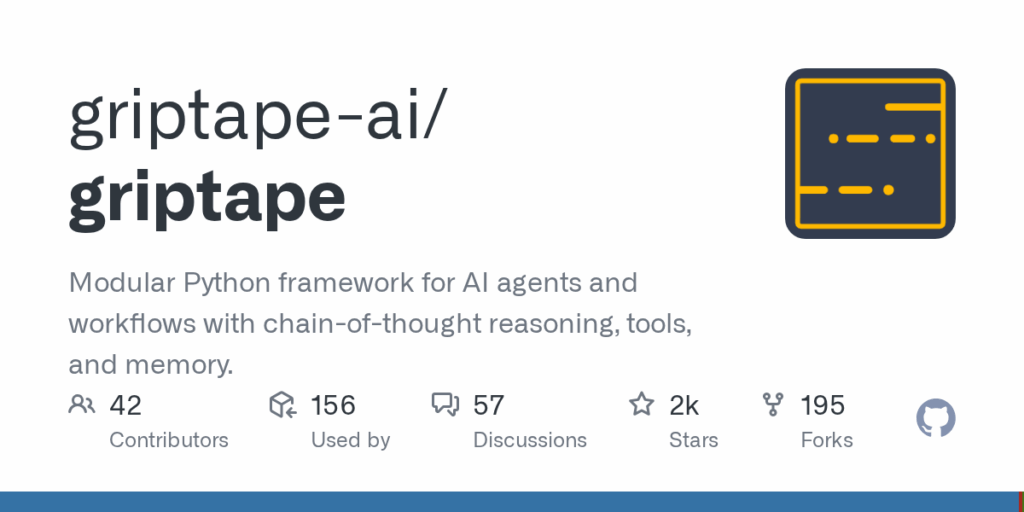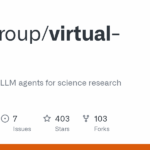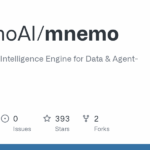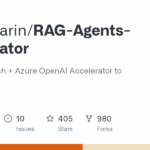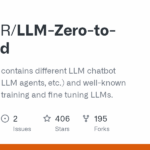griptape
Basic Information
Griptape is a Python framework designed to simplify development of generative AI applications. It provides structured abstractions and runtime primitives for building agent-driven workflows, pipelines, and standalone tasks that interact with large language models and external services. The repository focuses on enabling Retrieval-Augmented Generation (RAG) and modular orchestration by offering configurable Drivers, Engines, Tools, and Memory layers. It is aimed at developers who need reusable components to connect LLMs to data sources, perform multimodal operations, and compose sequences or parallel structures for complex application logic. Example code in the README demonstrates creating prompt tasks, workflows, and using built-in web and prompt drivers.

